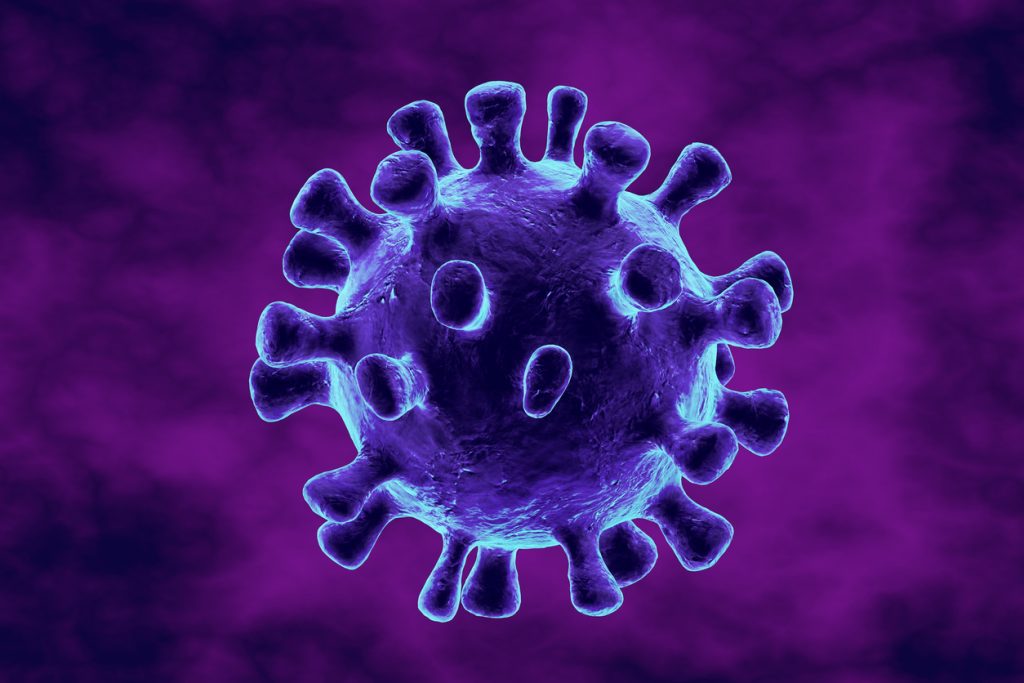Researchers from the National Institutes of Health (NIH) have found that the viruses commonly known to cause serious stomach illnesses, norovirus and rotavirus, use membrane-cloaked virus clusters for transmission to humans. These vesicles, comprised of our own cells, are thought to be significantly more infectious than free, unbound viruses.
It is thought that the viruses gain many advantages from transmission as a cluster. For example, the genetic material of norovirus and rotavirus consists of RNA. This results in the viruses carrying more genetic mutations that could potentially inhibit their replication process. The researchers of this study hypothesised that, by ‘travelling together’, mutated viruses can be assisted by healthy viruses to ensure replication through the use of healthy genetic material.
What This Means
This new research could potentially become a stepping-stone to new treatments for stomach flus. Prior to these findings, most viruses were thought to only act as independent virus particles that take over within a cell, replicating billions of times.
However, this new research found that the viruses do not erupt out of our cells, as we originally thought. The viruses come out in vesicles, which could potentially interact with the tissues around our cells. The study suggests that this could in fact be the cause of stomach flu symptoms such as diarrhoea and abdominal pain, not the viruses themselves, providing an alternative target for treatment. While it is currently unknown how many viruses utilise this transportation mode, identifying how to eradicate them could lead to the development of more effective antiviral agents than existing treatments that mainly target individual particles.
The study leader, Dr. Nihal Altan-Bonnet, said “We hope that it will provide new clues to fighting a wide range of diseases involving many types of viruses, including those that cause gastrointestinal illnesses, heart inflammation, certain respiratory illnesses, and even the common cold.”
To read the full study, please visit the National Centre for Biotechnology Information website.

